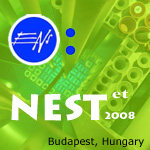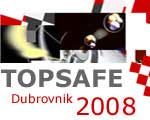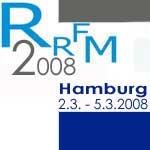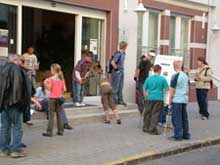
How to be seen better?
(Cross-branding with appreciated brands from other fields)
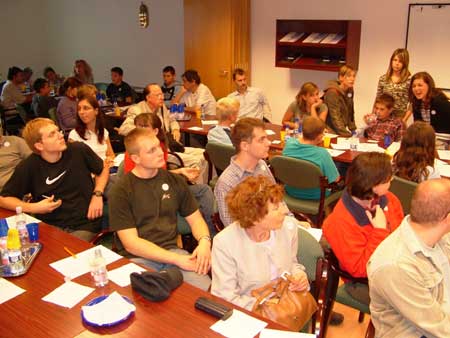
The search for alternative sources of energy
has stimulated renewed interest in the peaceful use of nuclear
technology. However, scepticism remains and obtaining public
acceptance is
of vital importance to the future of nuclear energy production.
We should be proud that Hungary is one of the countries in Europe
where the peaceful use of nuclear energy is the most accepted
by the public.
The Paks Nuclear Power Plant (NPP), the only
NPP in Hungary and operating with 4 units, is working on receiving
a lifetime extension.
Building new reactors has already been taken into consideration.
However, opponents has taken a
public stand
against this life time extension and against even the peaceful
use of nuclear energy.
In response to these criticisms, the Hungarian
Nuclear Society (HNS) took the initiative and joined the well-known
European Cultural Heritage Days held on 15-16 September 2007
by opening the doors of Hungarian nuclear facilities and the
Hungarian Atomic Energy Authority.
This event got significant support from the
media (newspapers, TV, radio). A special edition of a weekly
publishd brochure was
made. The participating institution distinctive signs
for the Cultural Heritage Days, like badges for the local guides
with the logo of the Council of Europe, a blue flag that was
flown on the buildings, and a special poster advertising the
visit.
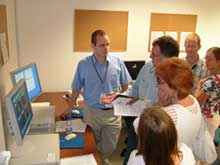
|
|
During these days more
than a thousand visitors got information about the peaceful use
of nuclear energy. Visitors could learn
about the activities of the HAEA and they were given a demonstration
by the Centre for Emergency, Training and Analysis showing a
typical response to an emergency situation. Visitors were allowed
to
enter the control room and the reactor hall of the Budapest Research
Reactor and they became familiar with the state-of-the-art research
programs on the peaceful use of nuclear energy. They could observe
the final repository for low and interim level radioactive waste
materials in Bátaapáti as well. The direct contact
made it possible for the public to ask questions on any nuclear
issues and the Institutions could gauge public opinion on
their activities. The synergy achieved through this cooperation
with the Cultural Heritage Days initiative was seen in the increasing
number of people visiting both nuclear and non-nuclear sites.
|


